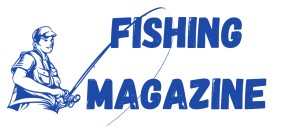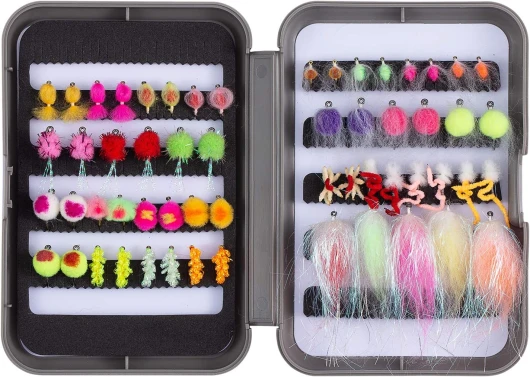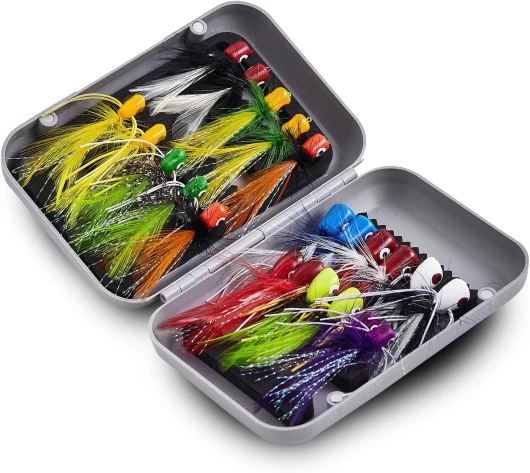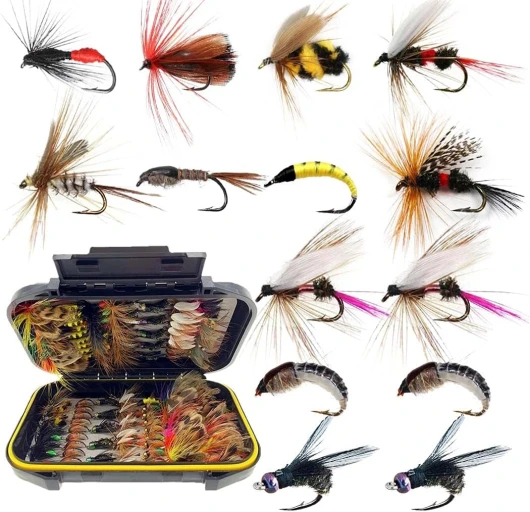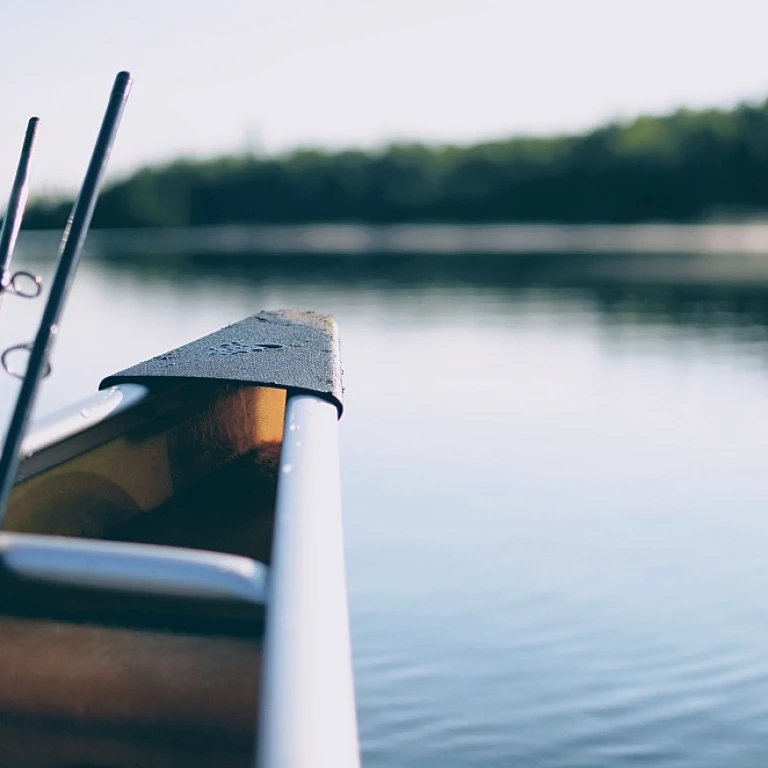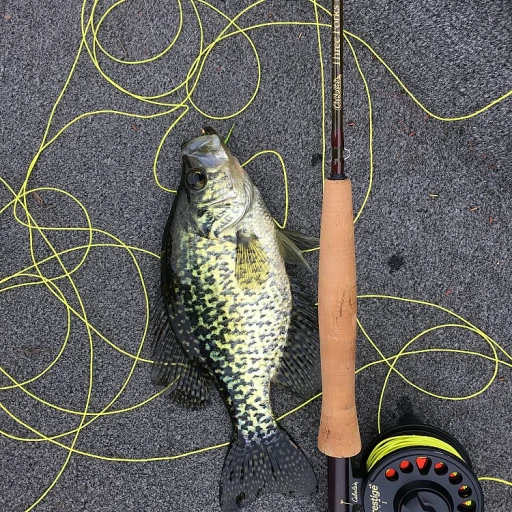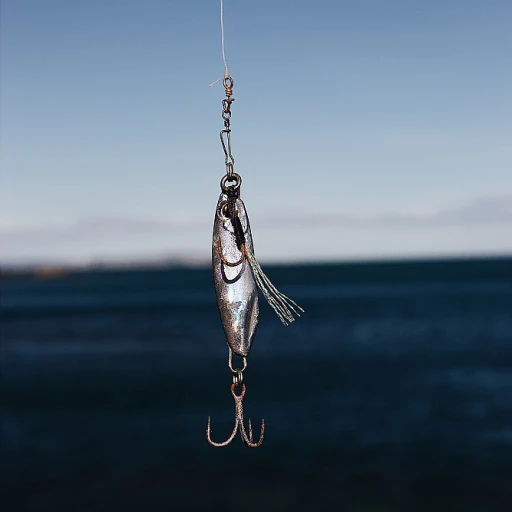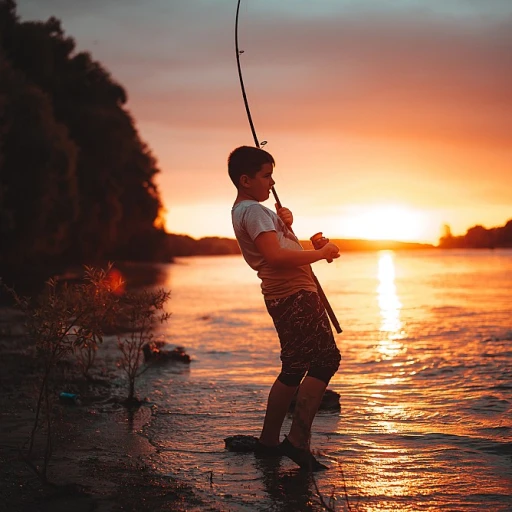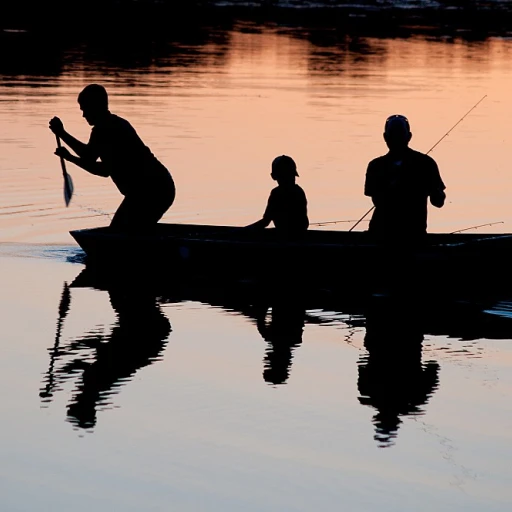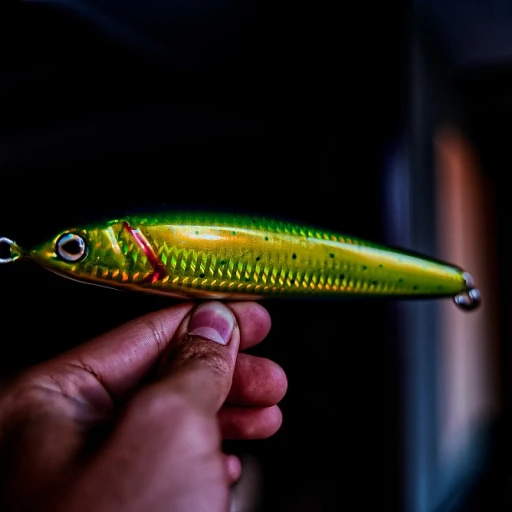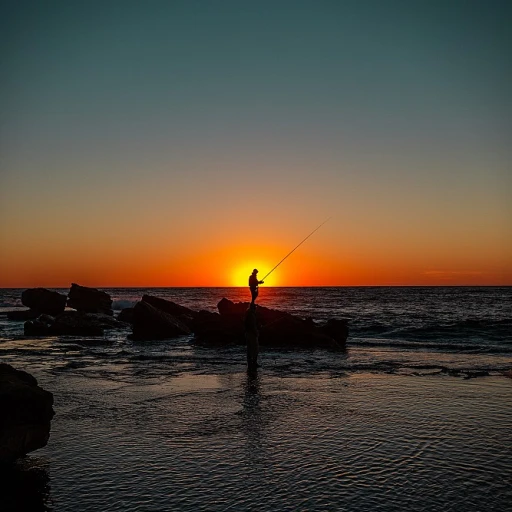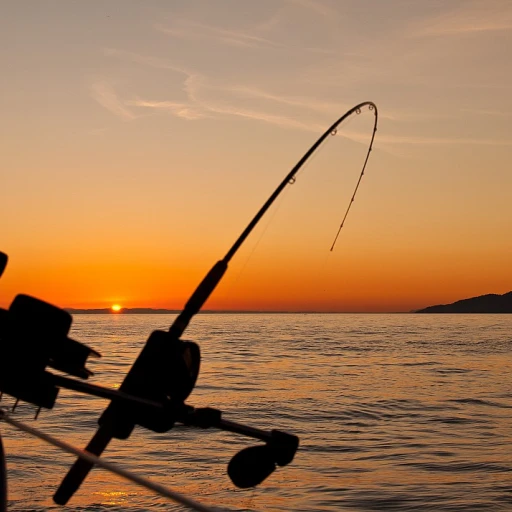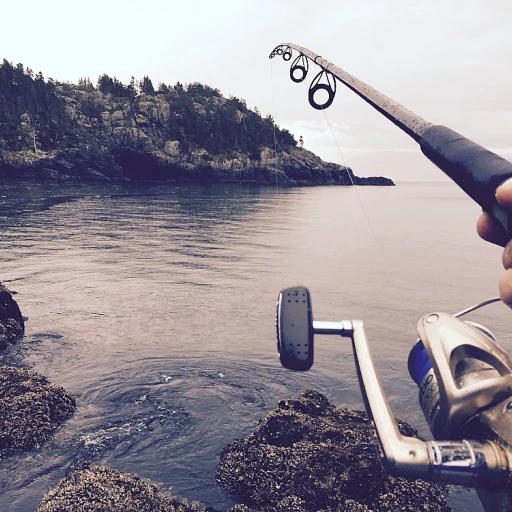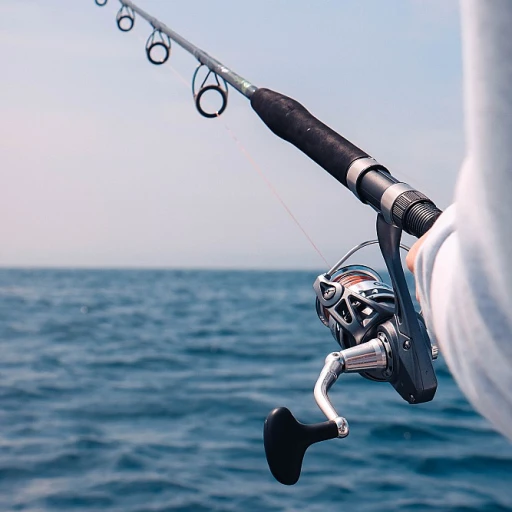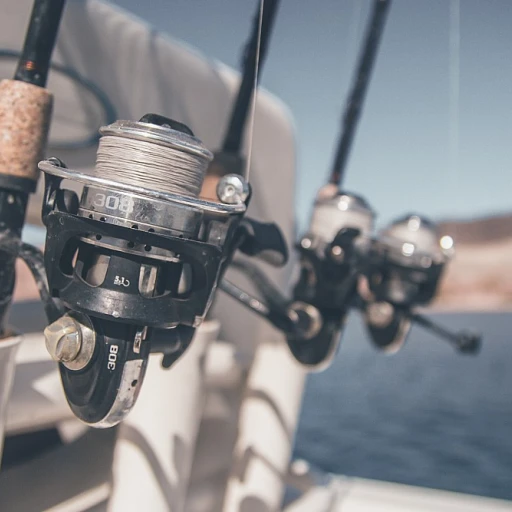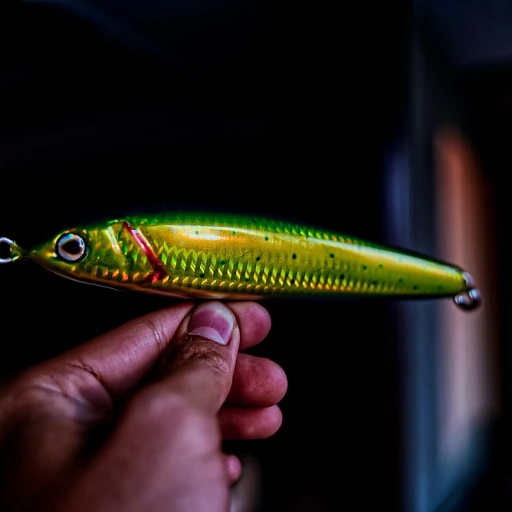
Understanding Steelhead Behavior
Delving into the Behavior of Steelhead
Understanding the behavior of steelhead is crucial to successfully catching these remarkable fish. Steelhead are anadromous, meaning they migrate from the ocean to freshwater to spawn. This behavior influences their feeding patterns and the flies they are likely to take. Steelhead fishing often involves targeting these vibrant fish in various water conditions and seasons.- Migration Patterns: During their spawning period, typically in winter and early spring, steelhead move upstream to lay eggs. In contrast, during their ocean phase, they hunt for food and grow substantially before returning to their natal streams.
- Feeding Habits: Steelhead are not voracious feeders once they enter freshwater. However, they may strike at flies out of aggression, territorial defense, or curiosity. Patterns mimicking salmon eggs or nymphs, such as egg patterns and nymphs, can be particularly effective.
- Environmental Impact: Water temperature and flow significantly affect steelhead behavior. For instance, low water levels might require you to use smaller flies or specific "egg sucking" patterns to entice a fish's attention.
Types of Steelhead Flies
Exploring the Diverse Options of Steelhead Flies
When it comes to steelhead fly fishing, the variety of flies available is vast and exciting. These tailored patterns are designed to appeal to the steelhead's instincts, making them more tempted to take the bait. Here, we'll delve into different types of flies to enhance your fishing endeavors.- Egg Patterns: These mimic the eggs of salmon, steelhead, and trout, making them an irresistible choice for steelhead. The clown egg and egg-sucking leech are popular options among anglers. Being highly effective in low water conditions, these patterns are essential in any fly box.
- Nymphs: Specifically designed to imitate aquatic insects, nymphs like the black stonefly can be incredibly effective. They tend to work well throughout the steelhead season, particularly in the winter months when other food sources are scarce.
- Streamers: These larger flies imitate small fish or leeches and are versatile, working in various water conditions. The egg-sucking variant is particularly favored for enticing larger steelhead.
- Dry Flies: Although less commonly used for steelhead, these flies can be exciting and rewarding, particularly in low water steelhead conditions where visibility is clear.
- Tube Flies: Another versatile option, tubes allow anglers to adjust the fly size and weight—key when adapting to changing water conditions.
Selecting the Right Fly for the Season
Seasonal Insights for Steelhead Success
Choosing the right steelhead flies is an art influenced by the time of year. Seasonality impacts steelhead behavior, water conditions, and thus, the flies you'll want at your disposal.- Winter Challenges: During winter, steelhead tend to become sluggish as water temperatures drop. Opt for flies that mimic natural prey during this period. Egg sucking leeches and clown egg patterns are a great choice since they stand out in cold, low water conditions.
- Spring Awakening: As temperatures rise, so does the activity of steelhead. In spring, nymphs and egg patterns like black nymphs or size-specific tube flies can entice hungry fish, replicating the abundant caddis and dark stoneflies.
- Summer Variants: Consider subtle and smaller patterns during summer when water steelhead conditions are clear and calm. Flies such as trout patterns prove effective in low water steelhead scenarios.
- Autumn Approach: With autumn comes the salmon ascent, and steelhead are more likely to strike. This season calls for larger, brighter flies to match the vibrant hues of migrating salmon steelhead, making them easier targets across various water conditions.
Fly Tying Techniques
Mastering the Craft of Fly Tying
Fly tying is an essential skill for any angler looking to catch steelhead effectively. The ability to create your own flies allows you to customize patterns that match the specific conditions and preferences of the fish. Whether you're targeting winter steelhead or salmon steelhead, having the right fly can make all the difference.
Essential Materials and Tools
Before you start tying, ensure you have the right materials and tools. A quality vise is crucial for holding your hook securely. You'll also need a selection of hooks, threads, and materials like feathers, fur, and synthetic fibers. For steelhead flies, consider using materials that mimic the natural prey of the fish, such as nymphs and egg patterns.
Popular Steelhead Fly Patterns
- Egg Sucking Leech: This pattern is effective for both trout and steelhead. The combination of a leech body with an egg head makes it irresistible to fish.
- Clown Egg: A vibrant option that works well in low water conditions, especially when targeting winter steelhead.
- Black Nymphs: These are great for mimicking the natural aquatic insects found in steelhead waters.
Techniques for Tying Effective Flies
When tying flies, focus on creating a realistic appearance and movement in the water. Pay attention to the size and color of your chosen product, as these factors will influence the effectiveness of your fly. Experiment with multiple variants of each pattern to see which works best in different conditions.
Advanced Tips for Fly Tying
Consider using tube flies for added versatility. These flies allow you to change the hook size without altering the fly itself, providing flexibility when conditions change. Additionally, using a rotary vise can help you tie more intricate patterns with ease.
For those looking to enhance their fly tying experience, investing in a dedicated fly tying desk can make a significant difference. A well-organized workspace will streamline your process and improve the quality of your flies.
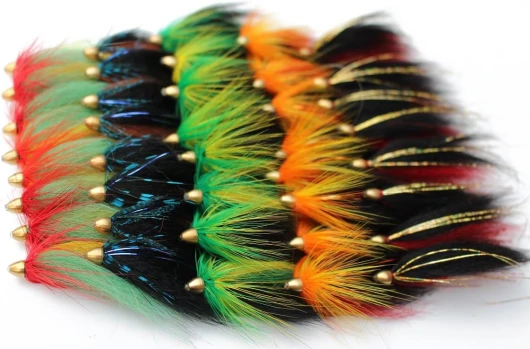
- + Variety: Comes in 5 colors
- + Quantity: 40 pieces per lot
- + Versatile: Suitable for salmon, trout, and steelhead
- + Weighted: Enhances casting and sinking
- + Compact: 2" size fits various fishing needs
Gear and Accessories for Fly Fishing
Essential Gear and Accessories for a Memorable Fly Fishing Experience
When it comes to fly fishing, having the right gear and accessories can make all the difference in your fishing adventure. As you prepare to dive into the world of steelhead, understanding the tools of the trade will enhance your skill and success.- Rod and Reel: A great fly rod and reel are crucial components of your fly fishing arsenal. Opt for a medium-fast action rod that offers flexibility in various fishing conditions, such as low water levels. Match it with a durable reel equipped to handle the power and run of a steelhead.
- Flies and Patterns: Stock your fly box with a variety of steelhead flies, including egg patterns, nymphs, and some seasonal favorites like the winter steelhead pattern or the popular clown egg. Black and tube flies and other winter variants, such as the egg sucking leech, are effective choices when conditions demand creative solutions.
- Waders and Boots: Being comfortable and mobile in the water is key. High-quality waders and boots will allow you to traverse various fishing environments with ease, ensuring that you stay dry and agile.
- Tying Kits and Tools: Fly tying is a craft essential to creating customized flies that mirror natural prey. Invest in a reliable fly tying kit and assortment of tools if you wish to craft your own patterns, adapting to the behavior of trout and salmon steelhead.
- Leader and Tippet: Selecting the right leader and tippet will determine your success in effectively casting and presenting your flies. Ensure you have a selection of sizes to adjust your presentation, depending on the fish's response.
Tips for Successful Steelhead Fly Fishing
Mastering the Art of Presentation
When it comes to successful steelhead fly fishing, presentation is key. The way you present your fly can make all the difference in enticing these elusive fish. Pay attention to the water conditions and adjust your technique accordingly. In low water conditions, a subtle approach with smaller flies, like nymphs or egg patterns, can be effective. Conversely, in high water, larger flies such as the egg sucking leech or tube flies might be more visible and attractive to steelhead.
Adapting to Seasonal Changes
Steelhead behavior changes with the seasons, and so should your approach. During winter, steelhead are less active, so using a slow presentation with flies like the clown egg or black nymphs can be beneficial. In contrast, during the warmer months, steelhead are more aggressive, and you might find success with more vibrant patterns. Understanding these seasonal shifts will help you select the right options from your fly box.
Choosing the Right Gear
Having the right gear and accessories is crucial for a successful outing. Ensure your fly rod is suitable for the size and strength of steelhead. A strong line and a reliable reel will help you manage the fight when you hook a fish. Don’t forget to add cart essential accessories like a landing net and polarized sunglasses to enhance your fishing experience.
Experimenting with Fly Tying
For those who tie their own flies, experimenting with different patterns and sizes can lead to discovering what works best in various conditions. Consider tying multiple variants of your favorite patterns to have a range of options ready. This flexibility allows you to adapt quickly to changing water conditions and steelhead behavior.
Patience and Persistence
Finally, patience and persistence are virtues in steelhead fly fishing. These fish can be unpredictable, and it may take time to find the right combination of fly and presentation. Keep experimenting with different options and remain patient. With dedication, you’ll increase your chances of landing that great steelhead.
